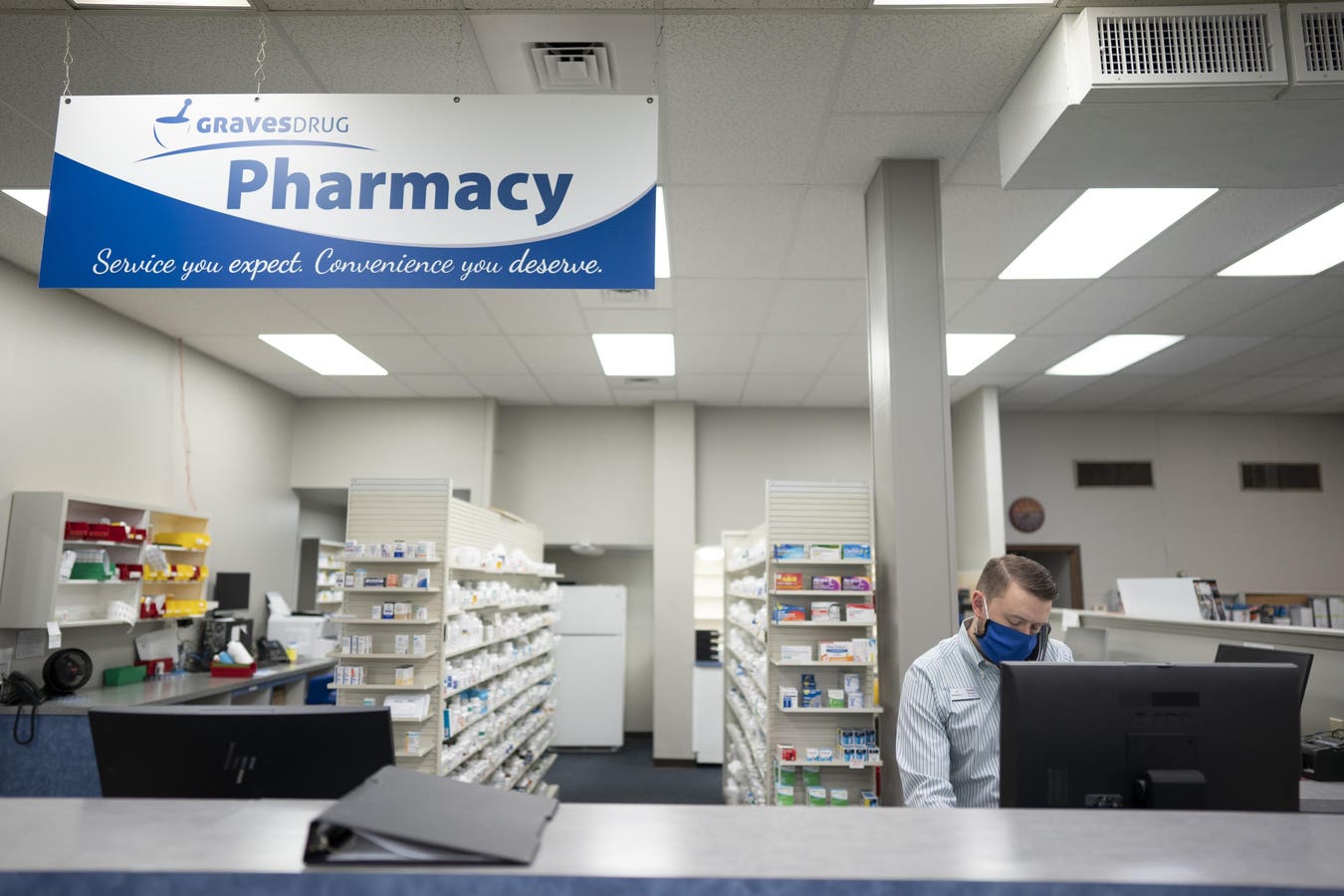After two years of research, the Federal Trade Commission’s recent interim report on Pharmacy Benefit Managers has authoritatively documented the multiple ways in which the three largest PBMs have contributed to the rising cost of drugs. This investigation has shown a spotlight on a list of questionable practices that have long been the subject of complaints from consumers, independent pharmacies, pharmaceutical manufacturers, employers and other stakeholders.
As I discussed in a previous column, the past few decades of unchecked consolidation across the healthcare industry has dramatically changed the PBM landscape. The FTC’s report cites analysis of prescription data showing the three largest PBMs control a staggering 80% of prescriptions filled in the U.S.—an unprecedented concentration of power. Their interim report alleges that this oligopoly of PBMs, functioning in the shadows as intermediaries, has used its extraordinary market power to extract revenue from other stakeholders at the expense of drug prices, patient care and market competition.
While rebates have long been the poster child of PBM profits, they’re the tip of the iceberg in a complex web of financial maneuvers. These rebates create perverse incentives, encouraging drug companies to inflate prices with the knowledge that PBMs will negotiate them down—but it’s the patients who end up footing the bill with high out-of-pocket expenses.
However, PBMs make their money through more than rebates—and to curb these perverse incentives, the FTC needs to explore other practices too.
The real story lies in the meteoric rise of administrative and vendor fees. Nephron Research estimates that PBM compensation from these fees doubled in just four years, skyrocketing from $3.8 billion in 2018 to $7.6 billion in 2022. These fees represent a strategy by PBMs to maintain their profit margins as traditional revenue streams have come under scrutiny. Particularly noteworthy is the emergence of “contracting entity fees” or “vendor fees,” which have grown from virtually nothing to $1.7 billion in the same period. These new profit drivers are filling PBM coffers at a rapid rate, often flying under the radar of regulators and policymakers.
PBMs have perfected the art of the squeeze. As representatives of the insurance plans designed by the insurance companies they are owned by, PBMs get to decide how much pharmacies will be reimbursed for dispensing each particular drug. In recent years, PBMs have relentlessly driven those reimbursements down, to the point that reimbursements to independent pharmacies for the products they dispense are often less than they paid to acquire the product. It’s a David and Goliath scenario, but in this version, Goliath is winning. As this systematic underpayment forces independent pharmacies to close, patients lose access to community-based care.
By extracting “rebates” from manufacturers for favorable formulary placement, PBMs have often turned drug listings into a pay-to-play scheme. This practice encourages manufacturers to raise their list prices to cover the “rebates” they pay. It also raises questions about the treatments in those low-co-pay brackets. Are they really the most effective treatments, or just the ones made by manufacturers willing to pay the most? This is made possible by the reality that PBMs can use their marketing muscle to steer higher volume to drugs placed in preferred tiers, creating a system where medical necessity may take a back seat to financial considerations.
The vertical integration of PBMs with pharmacy chains has created a closed loop of self-dealing. From selective contracting to patient steering and narrow networks, these behemoths are systematically funneling patients into their own ecosystems. PBMs reserve in-network status for pharmacy chains owned by their parent corporations, an obvious form of self-dealing that limits patient options and stifles competition.
These practices have a direct impact on consumers. Consolidation and reduced competition restrict patient choice and drive up costs. As PBMs squeeze independent pharmacies, we’re witnessing a rapid consolidation that disenfranchises patients and nullifies the market pressures that would otherwise keep prices in check. This isn’t just about fewer mom-and-pop drugstores; it’s about the systematic erosion of a competitive landscape that once served as a bulwark against runaway healthcare costs. Moreover, in the name of “network efficiency,” PBMs are funneling patients into their affiliated pharmacies, sacrificing personalized care and convenience on the altar of vertical integration. This isn’t just an inconvenience; it’s a potential health risk, as medication adherence often hinges on the kind of personalized care that’s rapidly becoming extinct.
While the FTC’s potential lawsuit against major PBMs is a step in the right direction, it’s a modest one given the scope of the problem. We need comprehensive reform that addresses not just rebates, but the entire ecosystem of fees, contracts and practices that have allowed PBMs to amass such unchecked power. It will take more than a preliminary investigation to move toward a truly effective, consumer-focused model. The industry needs to rethink the PBM business model and realign incentives with desired outcomes.
The time for half-measures and band-aid solutions is over. The pharmaceutical supply chain is in dire need of an overhaul. By addressing the full spectrum of PBM practices—from spread pricing to formulary manipulation—we can create a system that better serves patients. It’s a tall order, but the health of our nation depends on it.
Read the full article here





